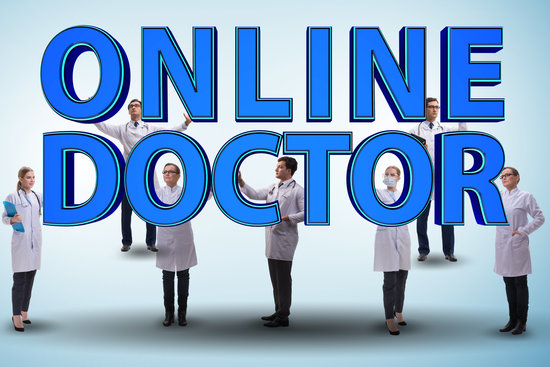The Coronavirus disease (COVID-19) is a highly infectious condition brought about by the unique SARS-CoV-2 virus strain or Severe Acute Respiratory Syndrome Coronavirus 2, which was first detected and observed in Wuhan, China in 2019.
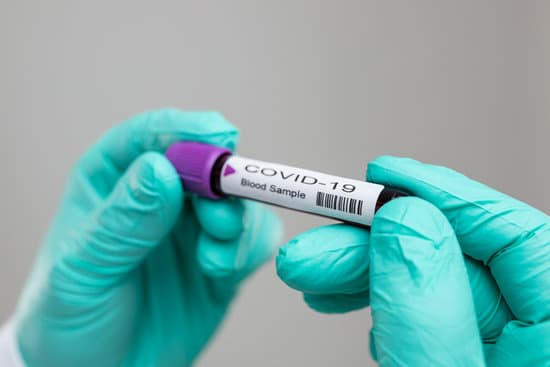
Known to target the respiratory system, the virus presents a multitude of symptoms, ranging from fever with coughing to shortness of breath and, in some cases, sore throat and muscle pain. Some people may even show little to no symptoms and present as asymptomatic cases, making case surveillance even more difficult.
It was on March 11, 2020 that the World Health Organization officially categorized the said disease as a pandemic, with cases rising exponentially in more than 100 countries. Additionally, governments and public health systems have simultaneously announced a state of public emergency in their respective countries order to mobilize efforts and resources towards mitigating the effects of the disease.
Impact of COVID-19 on Global Health Care DeliveryThe Shift Towards
The Shift Towards Telehealth and E-consultations: The Future of Medicine
Types of Telehealth Services
Telehealth and E-consultations in the Face of the COVID-19 Pandemic
Telehealth, Health Care Providers and Patients: Everybody Wins
A Promising Platform in Need of More Support
Telehealth After COVID-19: What to Expect
Impact of COVID-19 on Global Health Care Delivery
Since the start of its transmission, the COVID-19 pandemic has caused massive unrest and wide-scale disruption of businesses and services in different parts of the globe. Additionally, pandemics like this do not respect international borders, which can put everyone at risk of contracting the disease.
The virus affects everyone in a multitude of ways, particularly in the delivery of health care services. The emergence of the virus has strained different health systems, threatening to disable the entire supply chain and use up valuable resources (such as hospital beds, testing kits, ventilators, and personal protective equipment).
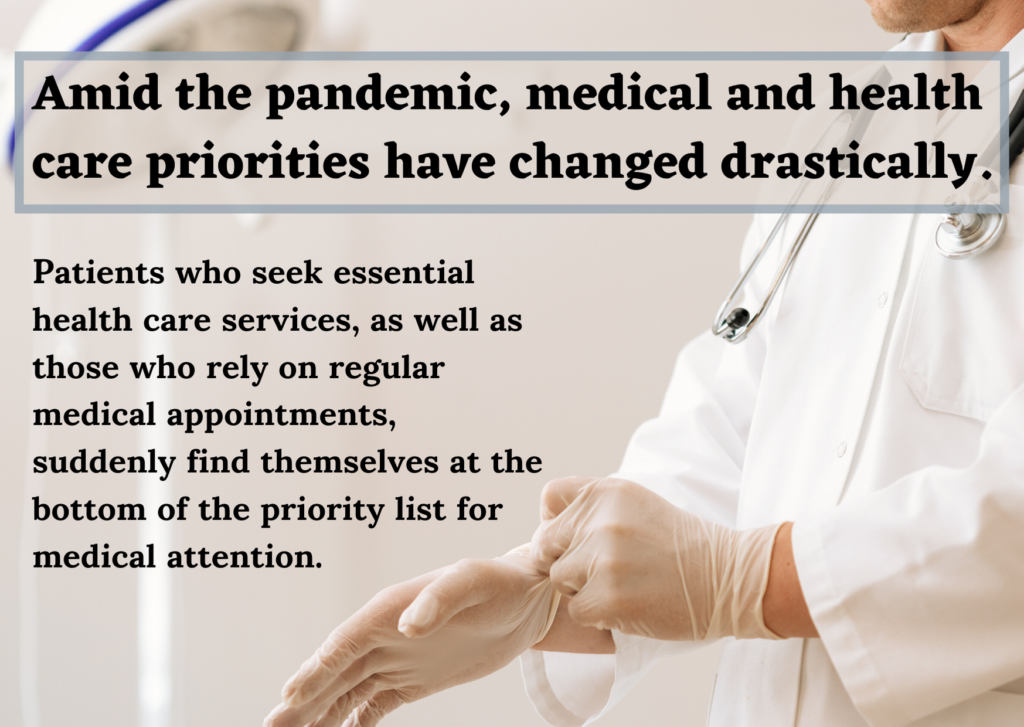
With rates of infection moving at an alarming speed, health workers are becoming exhausted, even infected themselves. The number of healthcare workers, such as doctors, nurses, and other allied professionals infected with COVID-19, is growing by the day. Indeed, the grim reality of deaths among these frontliners around the world is devastating.
As a result, patients who seek essential health care services, as well as those who rely on regular medical appointments, may face difficult choices every day. There are vulnerable groups who may suffer from overwhelmed health care systems, and generally, be at the bottom of the priority list for medical attention.
As the number of reported cases increases, planned surgeries and routine appointments are being canceled at the last minute, and prioritization of cases requiring immediate care become the norm. There could be increased incidences of vaccine- and treatment-preventable diseases with the emergence of health system failures, which are possible amid a pandemic. With all of these critical points being raised, how can we address the gap between patients and their health care providers?
The Shift Towards Telehealth and E-consultations: The Future of Medicine
Shifting the delivery of health care services from the hospitals and clinics towards an entirely virtual platform may seem daunting and a bit out there, but with the advent of modern technology and medical developments, this is a promising opportunity.
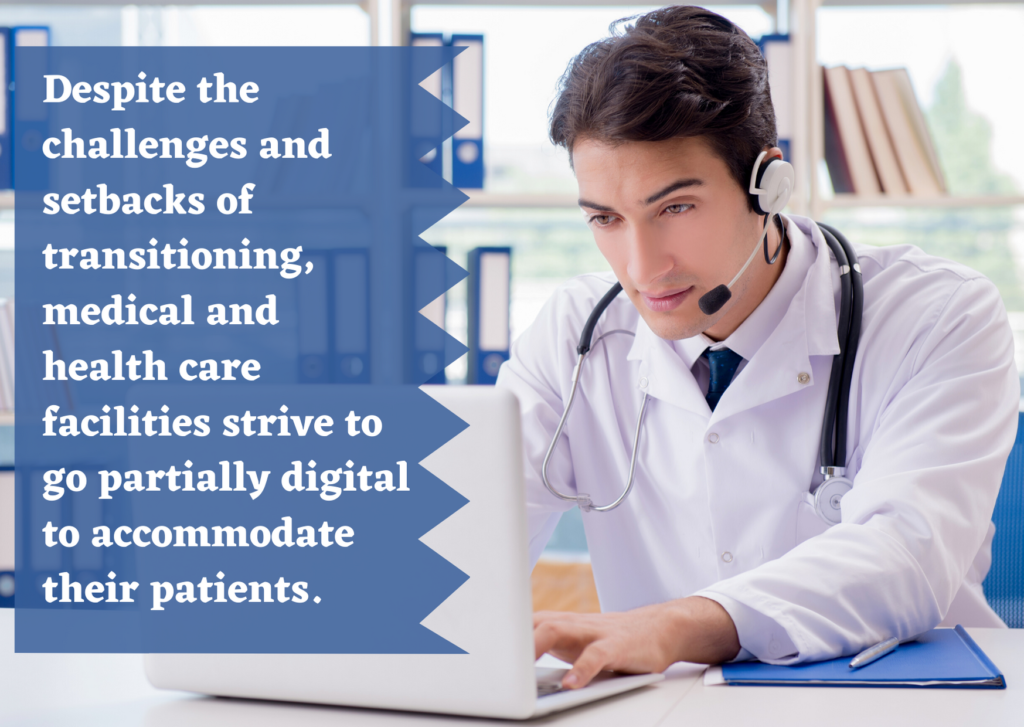
The relatively new concept of having online doctors was meant to fill the gap between patients and medical providers that could not be physically around each other because of circumstances, such as distance. The idea was to reach patients who were living in remote rural locations for continuous surveillance and monitoring, until it was developed as a supplement to traditional medical practices and frequent visits to the clinic.
The concept is a fairly broad topic, which involves using existing telecommunications technology and electronic data transfer to carry out health care services remotely. It encapsulates the utilization of most technologies that we’re already familiar with, from using our good old telephone to ask for some medical advice, up to the part where we FaceTime our GPs. Additionally, this would include conducting physical and psychological assessments, patient education, health care team meetings, sharing, and storing patient data and other essential healthcare functions with more ease of access.
Aside from phone calls and video interactions, a couple of assistive devices are also employed in a virtual consultation. Newly developed technology such as smartwatches, AI-powered remote stethoscopes, built-in blood sugar monitors, and blood pressure cuffs for home use, all provide accurate, real-time data about the vital parameters of a patient. The information is then loaded quickly and sent to the doctor for evaluation. There are also a couple of startups developing contact-free patient monitoring systems combined with audiovisual tech that can detect abnormalities in vital parameters in general wards.
Additionally, platforms like Zoom have improved video quality, which could help with improving the clinical eye of physicians, even remotely. Developers are also trying to perfect telescreening apps and tools to effectively conduct examinations, which usually would have warranted in-patient contact.
Today, many health care facilities around the world are employing the use of telehealth to reach patients with non-communicable and minor infectious diseases who may need medical advice, without the need to go outside. E-consultations are geared to address a broader scope of health problems than imagined, including the common cold, skin infections, urinary tract infections, and muscle pains. Your GP could even hand out prescriptions online, which are now honored by most pharmacies for dispensing medication.
Types of Telehealth Services
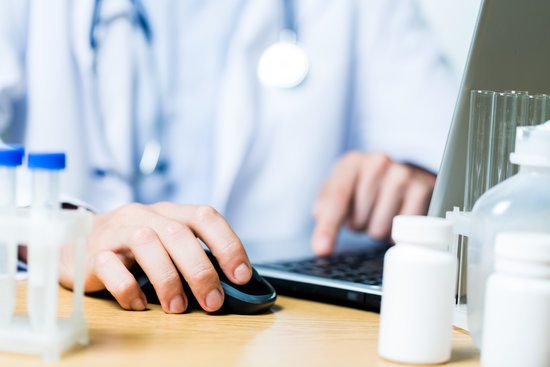
According to information from the Rural Health Information Hub, the three main types of telehealth services made available to the public are:
- Remote patient monitoring, which allows the doctor or medical team to monitor your health status virtually. This would include the use of mobile apps or websites for uploading pertinent data, using devices that could effectively measure vital parameters (and allow wireless data transmission), and home-monitoring devices, which could help monitor at-risk clients.
- Storing and forwarding medical information through secure channels. These synchronous interactions help in transmitting critical information (such as pictures, videos, and diagnostic results). They are usually viewed by health care providers during clinic hours.
- Mobile health communication, which includes doctors taking advantage of present technology to meet with their patients and the health care team. Live interactions with patients during e-consultations prove to be one of the most valuable aspects of telehealth. Mobile health communication also includes sending patient records, assessment notes, diagnostic tests, and pertinent media to those who are involved in patient care.
Telehealth and E-consultations in the Face of the COVID-19 Pandemic
As it is still an emerging disease, there is still so much to learn about COVID-19’s mode of transmission and progression, and the actual reasons behind its high affinity among vulnerable populations. We know that it is highly transmissible and warrants extreme measures. Since social distancing, limitation of movement, and extended homestay periods are seen as an essential means to “flatten the curve,” access to in-person care is extremely limited and may even endanger more lives.
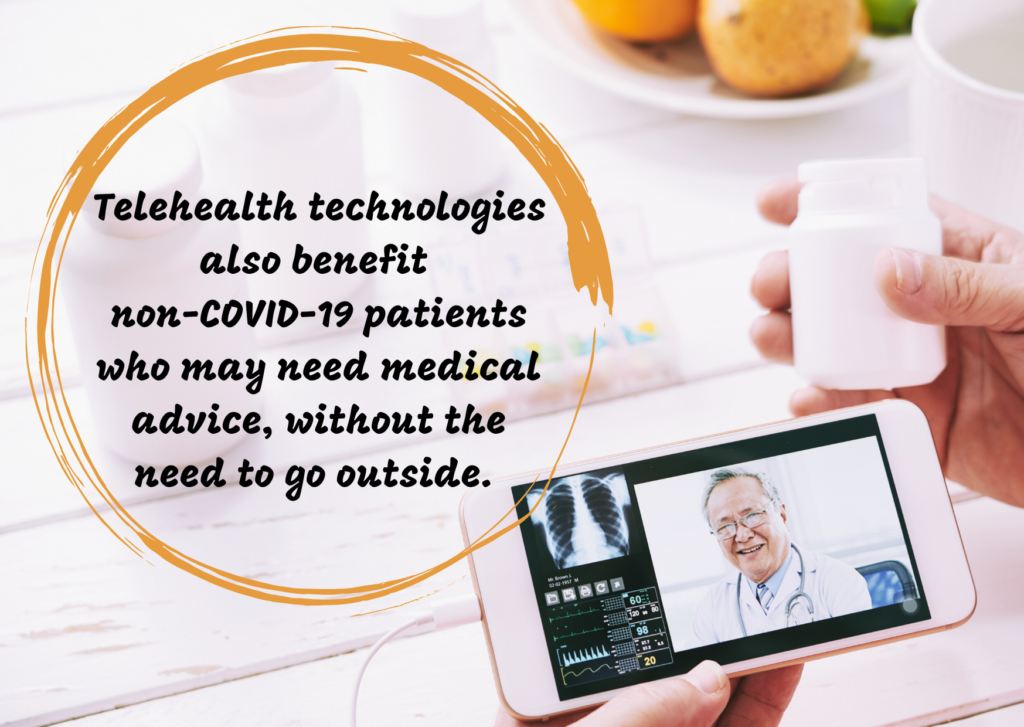
With the presence of the pandemic, our previous ideas and systems are bound to change. The way we usually do things is challenged by the gravity of the circumstances, including the entire health care delivery system. Right now, the ultimate potential of telemedicine and virtual consultations are unlocked for the world to use.
When it comes to the utilization of technology, specifically during the coronavirus pandemic, smartphones and messaging services have shown promising outcomes in terms of case surveillance, contact tracing, and receiving essential health alerts. Patient counseling sessions and health inquiries are also made through similar channels. Persons under investigation and monitoring (PUIs and PUMs) for COVID-19 under home quarantine can also get in touch with their doctors through video chats and instant messaging.
Telehealth, Health Care Providers and Patients: Everybody Wins
Presently, thousands of health care providers around the world are keeping up with the demand for virtual health care services. Although there are growing pains and points for improvement (with some institutions requiring at least one outpatient medical examination before making the transition), most facilities have managed to go partially digital to accommodate their patients.
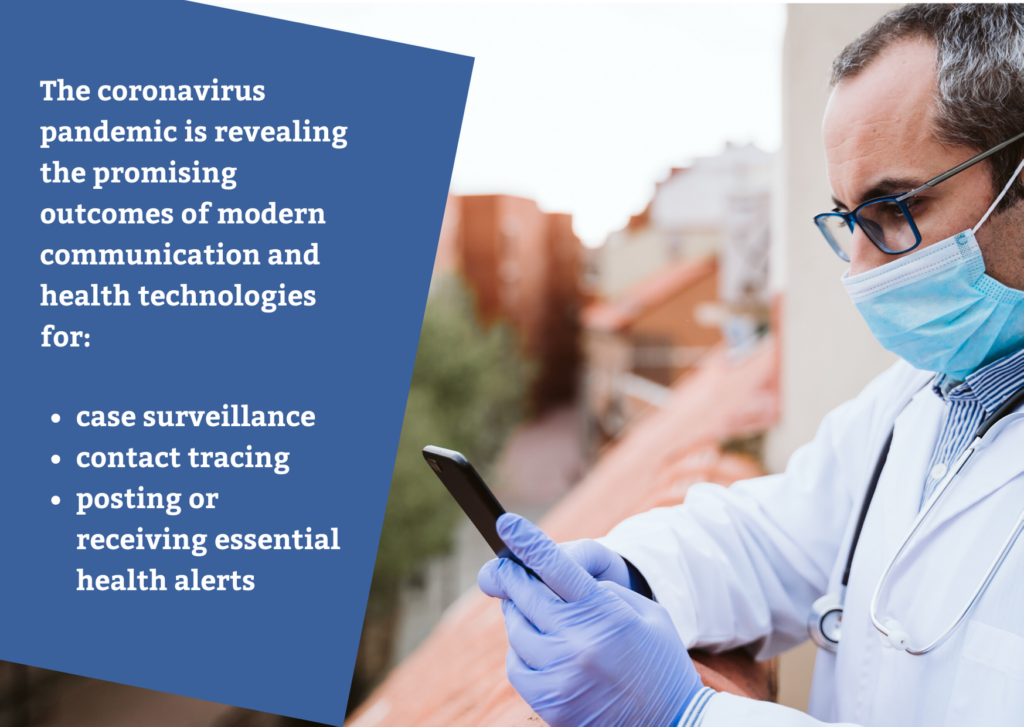
As emphasized, the efficiency of telehealth in modern medicine exceeds previously-held perceptions about its actual place in in-patient care. Only with the emergence of a global health crisis are we able to see its real value, working towards improving the system and bridging the gaps between patients and their doctors.
For doctors, the concept is practically a godsend – especially in the middle of a pandemic where time is a precious commodity, being able to connect with patients efficiently reduces possible inconsistencies in compliance and monitoring. With virtual consultations and meetings, doctors are also freed of administrative burdens initially brought about by traditional medical practice, which they especially don’t need during an outbreak.
For patients belonging to underserved communities and those who are living in remote locations, they can now access medical advice at the tip of their fingers. Vulnerable groups, such as children and senior citizens, need not spend on transportation and long lines at clinics, which could reduce their exposure to contagious diseases.
A Promising Platform in Need of More Support
Despite its promising future, it is a concept that requires more legislative and developmental support.
For starters, policymakers could hardly keep up with all these developments, making them one of the hurdles when it comes to full-scale implementation. Factors that include reimbursement policies, data privacy, and traditional healthcare delivery systems may slow down their application in modern medicine.
Gaps in telehealth access also need to be addressed by the government. Telehealth must be accessible to all who need it, including those who don’t have the resources to do so.
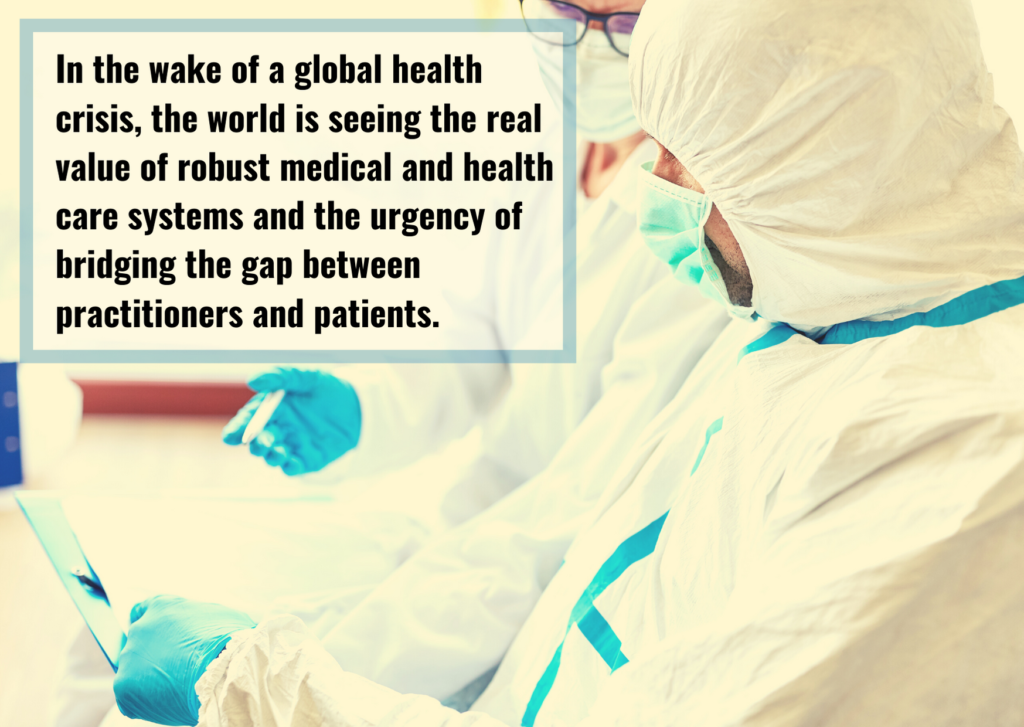
It is also expected that not all cases can be addressed by telehealth modalities. Acute and critical care cases would warrant in-person assessments and hospital visits. However, phone assessments and patient instructions have been utilized by EMTs (emergency medical technicians) in first-response for quite some time now. Even before patients reach the hospitals, they can get in touch with responders and be classified (or also treated) according to condition severity. With the surge of COVID-19 cases, virtual communication set-ups are being tested in general wards to prevent further spread of the virus.
The technology used in adopting telehealth solutions may also cost a lot more at the start and may require more time to be perfected. Institutions may have second thoughts about its full-scale implementation. Health care professionals may also need a bit more time to get trained with this kind of modality. Although this is the case, hospitals and clinics expected to see a positive return of investment find making this kind of transition worth it.
Telehealth After COVID-19: What to Expect
With all that is happening around us, there is so much that still needs to be done.
After the COVID-19 situation, drastic changes can be expected in the health care delivery system. These times will forever be remembered as the golden age of telehealth and virtual consultations, where the shift from in-person assessments to digital modalities have been opened. When this is all over, primary care services are predicted to be delivered via telehealth, which is a cost-effective and more efficient alternative for both patients and health care providers.
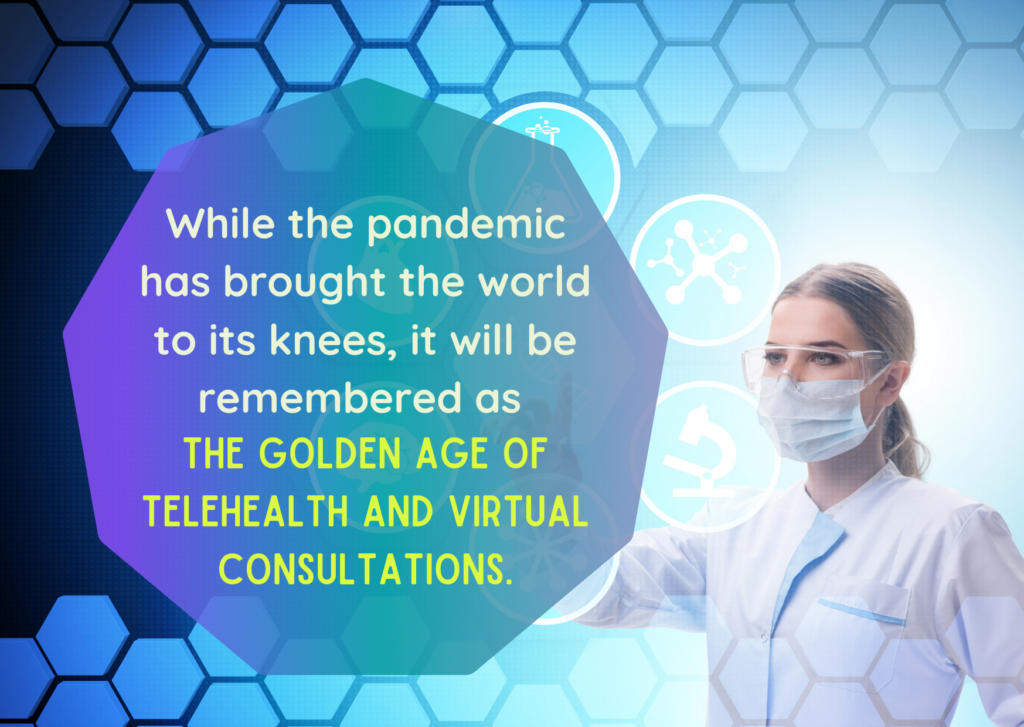
Since the technologies involved in telehealth are quite promising, developments are expected to roll out, as well as wide-scale implementations (even in developing countries). As soon as new technologies are perfected for mass production, it will make health care delivery more efficient. Governments must also initiate efforts towards inclusivity and making sure that this type of technology reaches underserved communities.
It is vital to acknowledge the value of telehealth and e-consultations, especially in the face of a pandemic. Many patients are now seeking medical advice online, using consumer-friendly technology in pursuit of better health outcomes. Online clinic appointments are now an indispensable part of the healthcare system, which could help improve the lives of millions of people. Looking towards the future, there may be hurdles along the way, but these growing pains are meant to strengthen a promising system. When you need it, don’t hesitate to ask for some help – online doctor visits are the future!
